Creative Black and White (2nd Edition)
Digital Photography Tips and Techniques
Harold Davis
Black and White, Ebook, Photography, Print, Print and digital bundle
Black-and-white photography poses unique challenges; without color to guide the eye, contrast, lighting, and composition take on even more importance. In Creative Black and White, 2nd Edition, renowned photographer Harold Davis explains these elements and demonstrates the basic rules of black and white photography, as well as when and how...
Read More
Read More
- Print and eBook Bundle: $54.99
- Print Book: $44.95
- eBook: $39.95
| BOOK AUTHOR | Harold Davis |
|---|---|
| PAGE COUNT | 320 pages |
| TRIM SIZE | 7.5 x 9.25in |
| COVER | Soft Cover- without flaps |
| ISBN | 9781681984964 |
| PUBLISH DATE | 07/2019 |
- TABLE OF CONTENTS
- THE MONOCHROMATIC VISION
- Past, Present, and Future
- Thinking in Black and White
- Contrast
- Color Implied
- The Tonal Landscape
- Visual Implication
- Seeing in Black and White
- Pre-Visualization Techniques
- Black and White Composition
- Framing
- Patterns and Lines
- Shape and Form
- High Key
- Low Key
- Shades of Gray
- Finding Monochromatic Subjects
- Black and White at Night
- Photographing People
- Portraiture in Black and White
- BLACK AND WHITE IN THE DIGITAL ERA
- Digital Black and White Roadmap
- The RAW Advantage
- Black and White in Adobe Camera RAW
- Black and White in Lightroom
- Grayscale Conversion Using Presets
- HSL Conversion
- Exposure Gradients and Adjustments
- Exporting Virtual Copies into Photoshop as Layers
- Multiple Layers and Masking in Photoshop
- Multi-RAW Processing in Photoshop
- Black and White in Photoshop
- Blending with Black
- Using the Channel Mixer
- Black & White Adjustment Layers
- Silver Efex Pro
- Topaz B&W Effects
- OnOne Perfect B&W
- The Digital Analog to the Analog Zone System
- Combining Conversions in Photoshop
- CREATIVE BLACK AND WHITE OPPORTUNITIES
- Lighting and Monochromatic Photos
- Creating High-Key Effects
- Creating Low-Key Effects
- HDR in Black and White
- Shooting for HDR
- Using HDR Software
- Toning and Tinting
- Tinting with a Black & White Adjustment Layer
- Split Toning
- The Ansel Adams Effect
- Selective Color
- Hand Coloring
- Using LAB Color
- Inverting the L Channel
- Equalizing LAB Channels
- Swapping Tonalities
- Using Blending Modes
- LAB Inversions
- Soft Focus
- Adding Soft Focus
- Pinhole Effect
- Solarization
- Using Curves to Solarize an Image
- Simulating the Blossfeldt Effect
- Duotone and Tritone Effects
- Adding and Reducing Noise
- Film Effects
- Infrared Camera Conversions
- Infrared Conversion without an IR Camera
- Creating X-Ray Images
- MOBILE BLACK AND WHITE
- Black and White using a Cell Phone Camera
- Working with Snapseed
- Toward a Monochromatic Mobile Workflow
- Notes and Resources
- Glossary
- Index
7 reviews for Creative Black and White (2nd Edition)
You must be logged in to post a review.

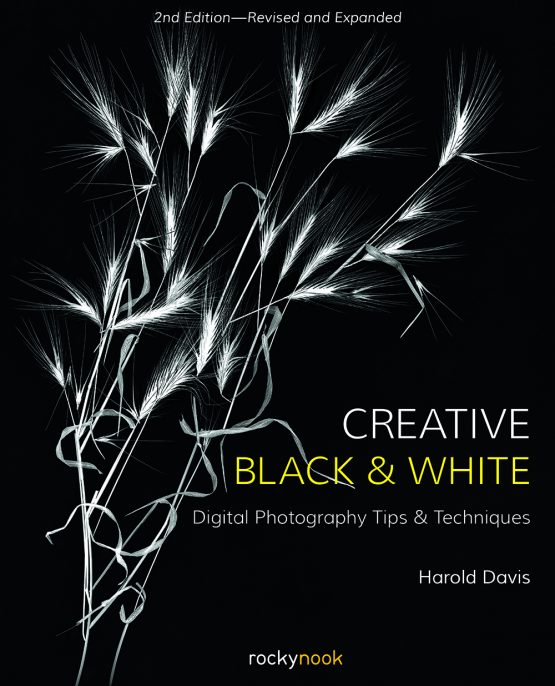

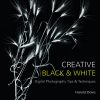
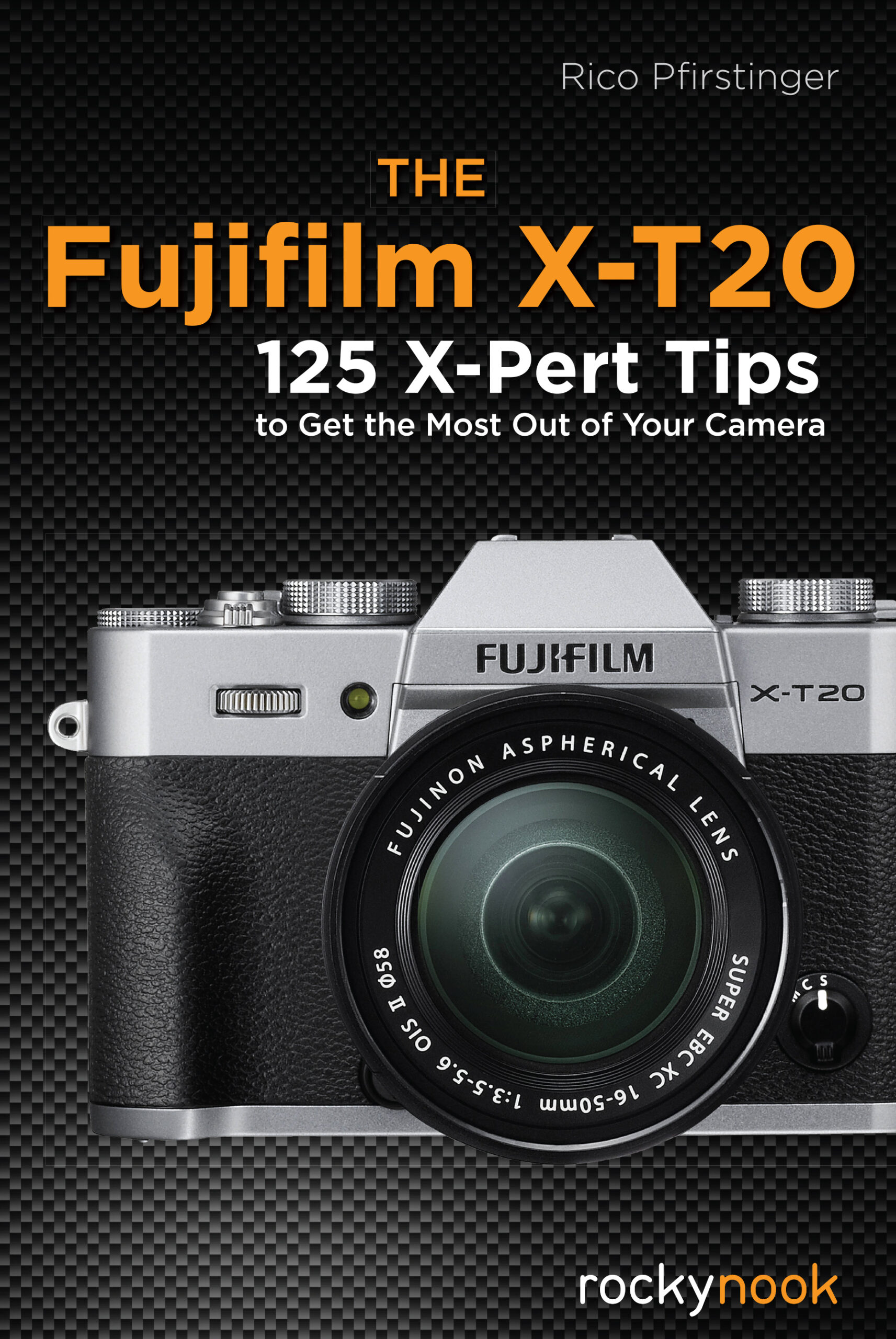
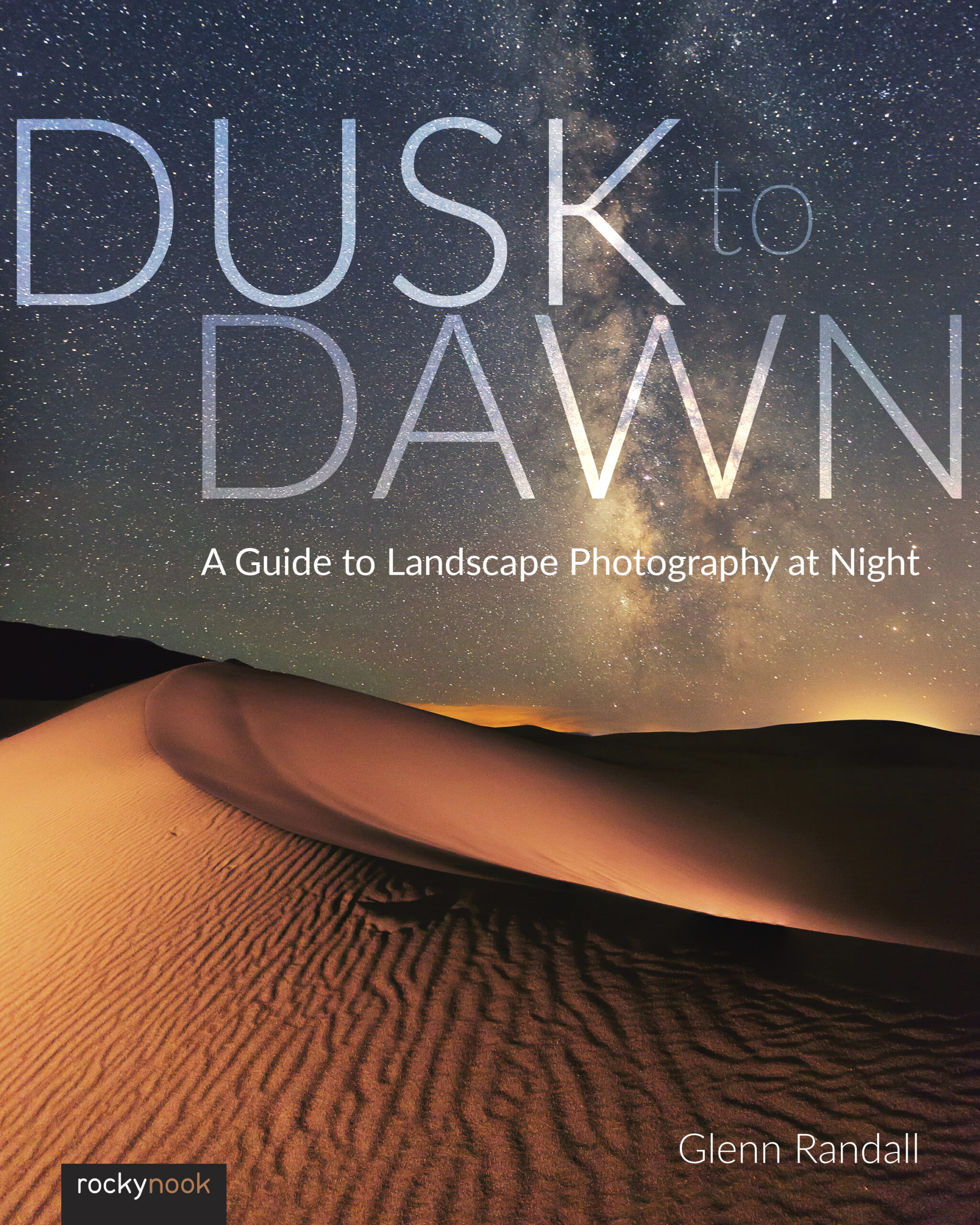

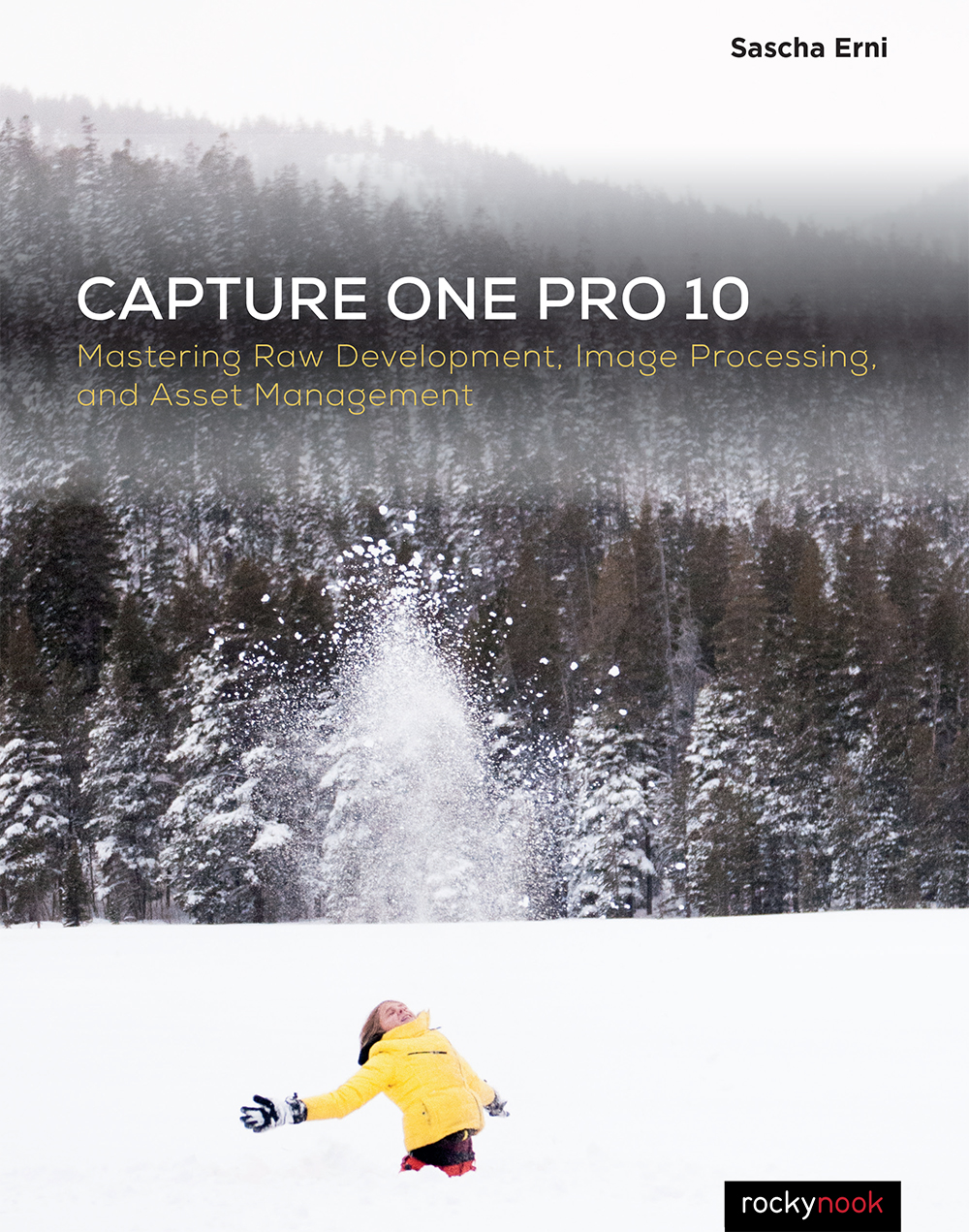
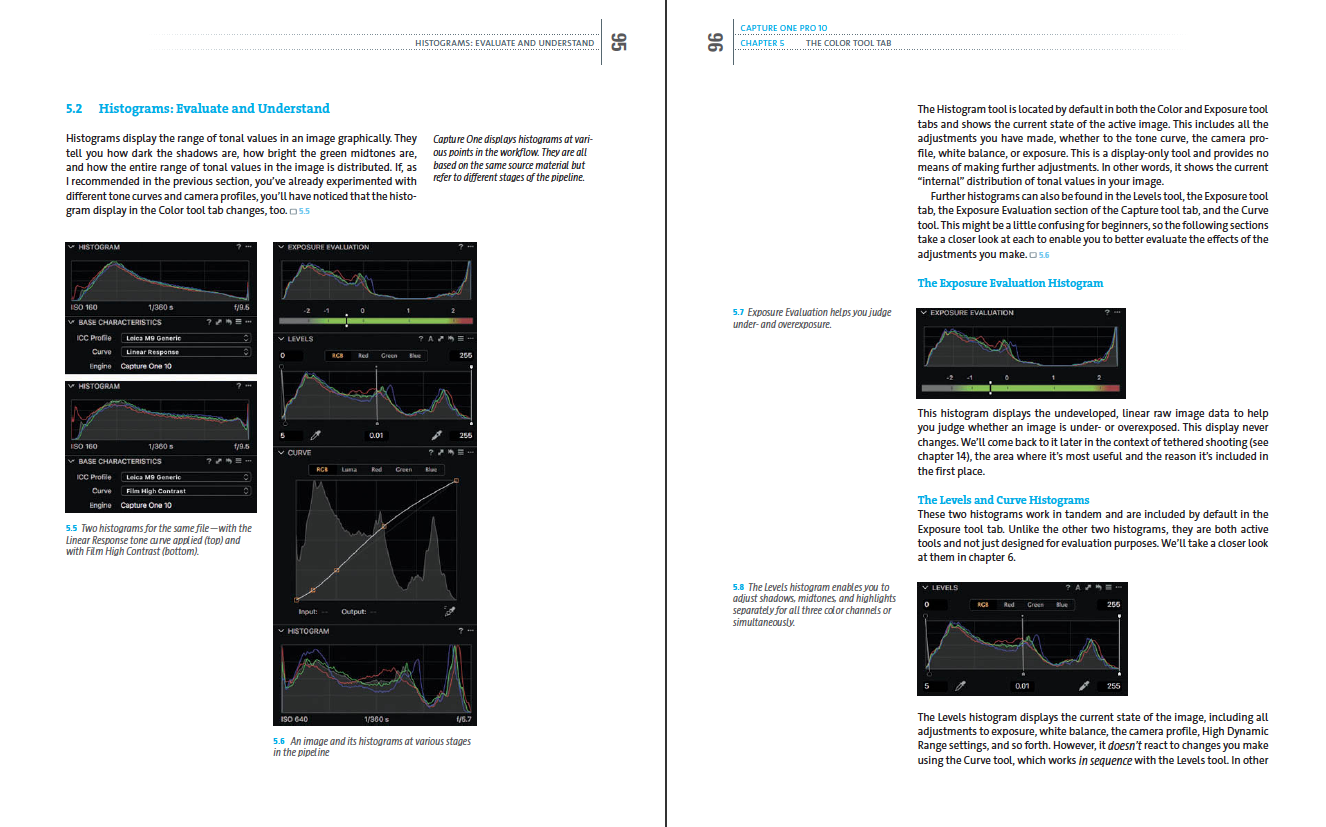
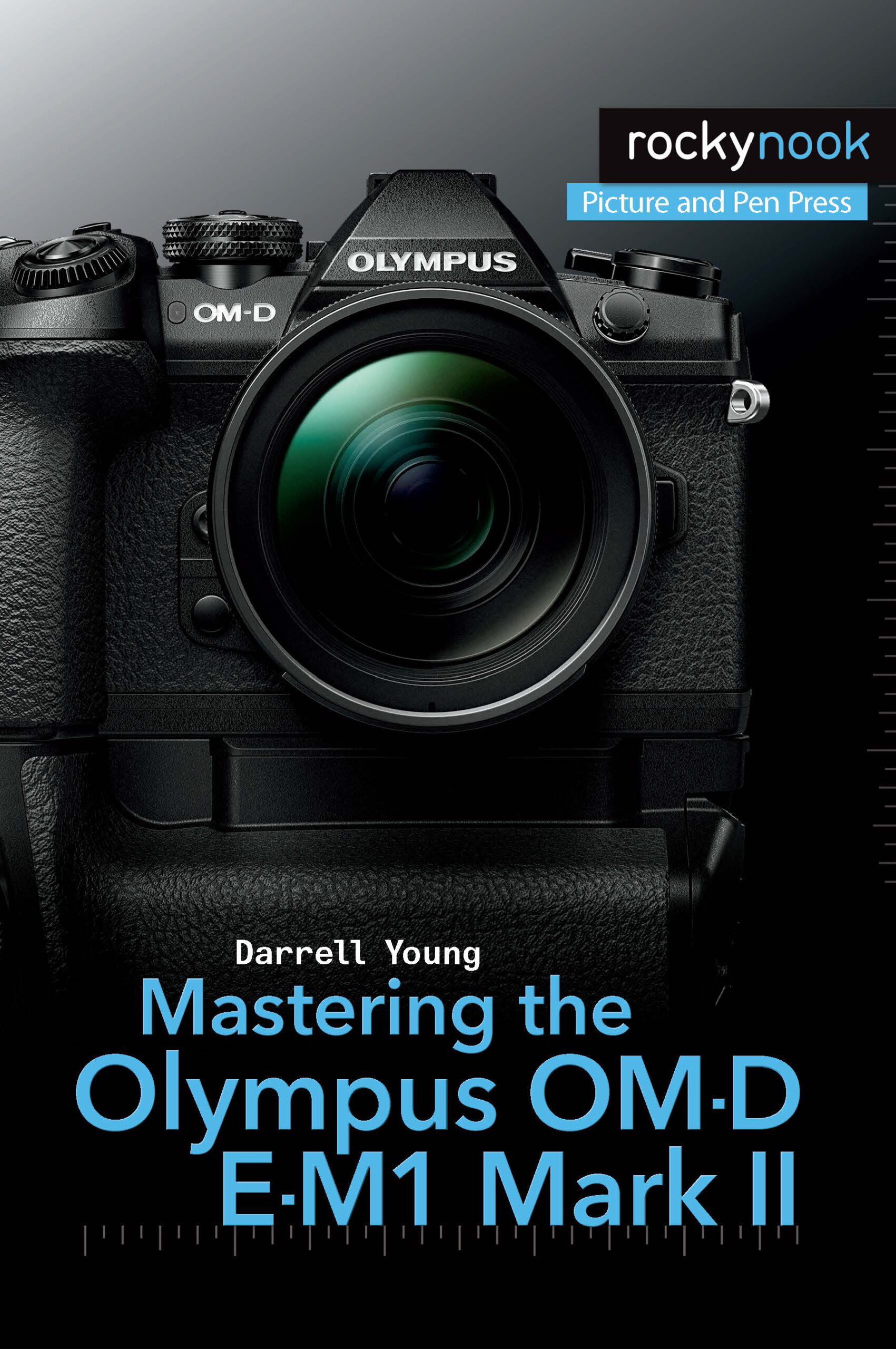
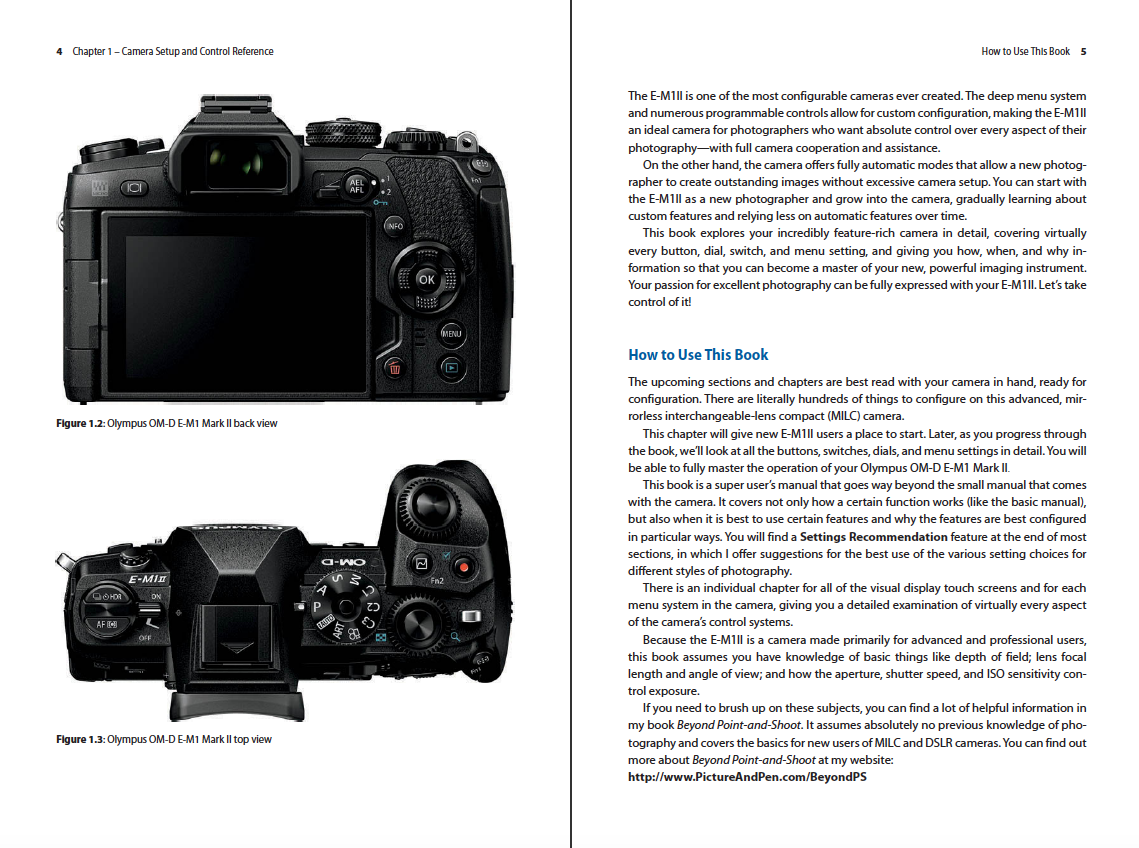

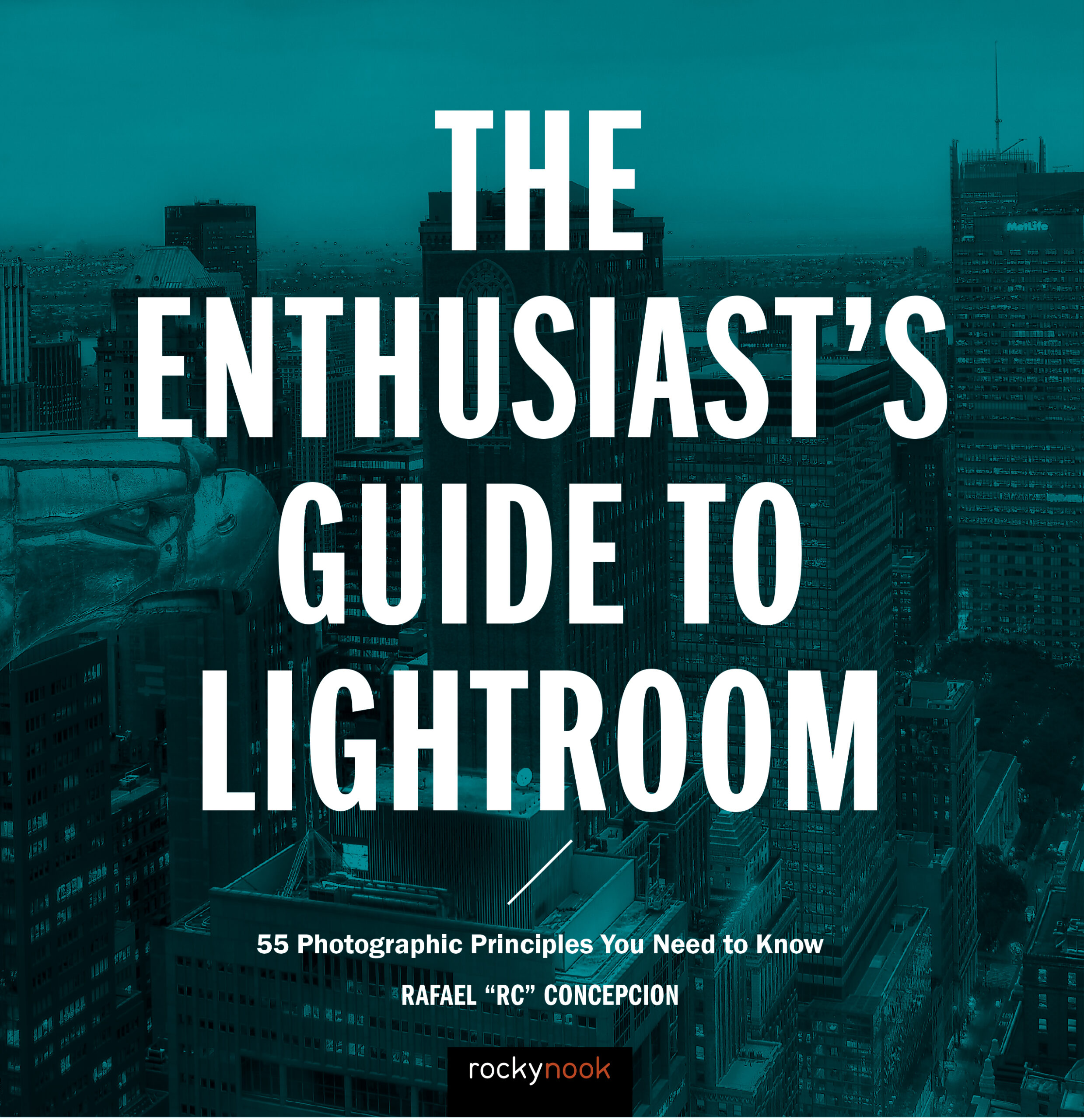
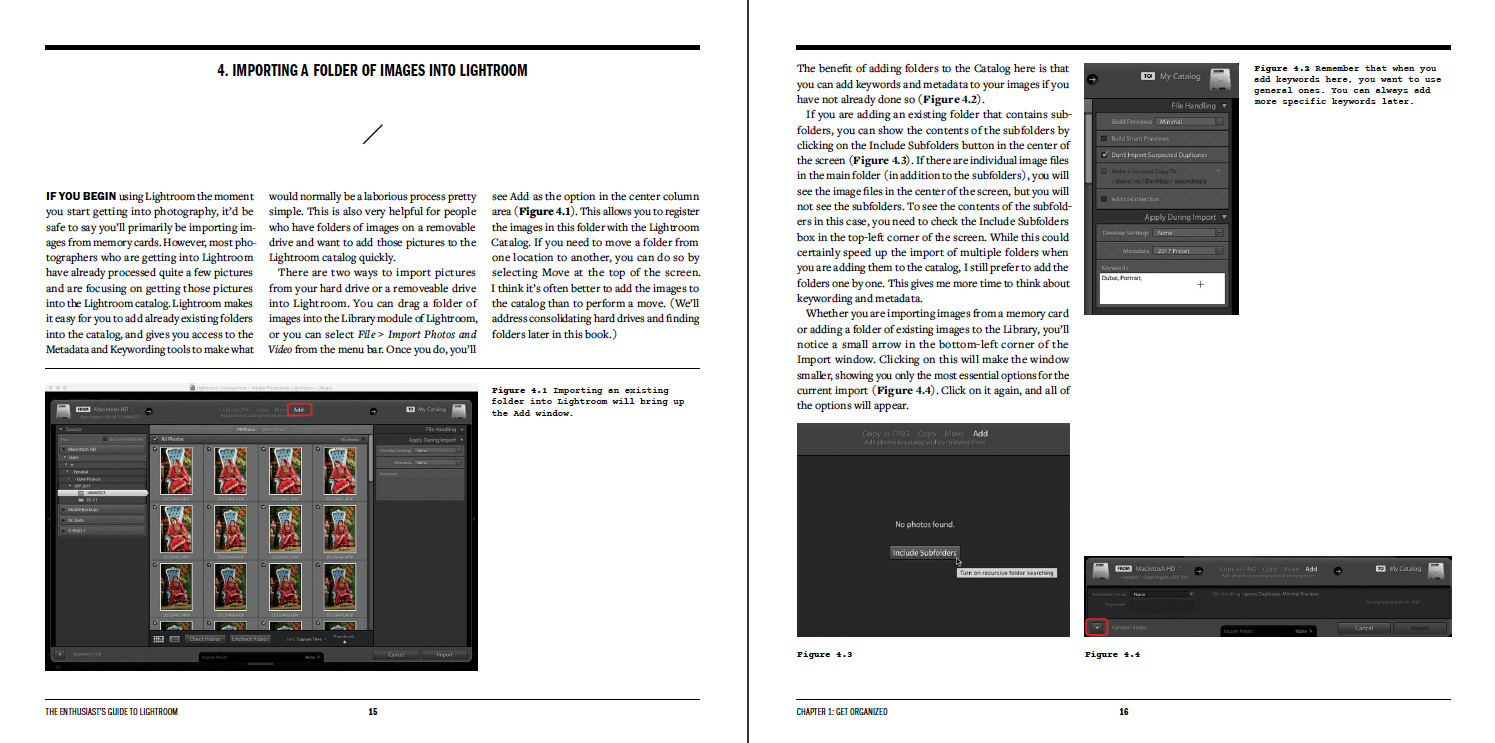
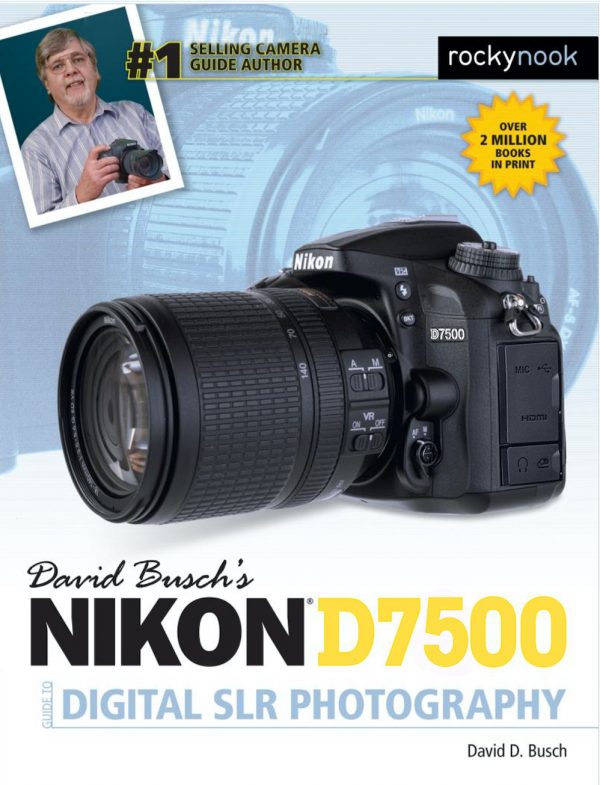
Gloria
This is an excellent guide to making amazing black-and-white photographs. This is a book you will keep on your shelf and refer to often because, not only does the author give you many ideas on creating monochromatic pictures, but he gives you the recipes as well. All in easy to understand language with very helpful illustrations via his photographs. The first photo illustrations in the book sold me on this writer. They are long exposure, black and white shots like I haven’t seen before. Creative, indeed!
His captions are excellent because they talk about the conceptual history of the picture as well as how he made the picture and the exposeure settings. Much more than the usual caption and I find it very useful. Fun thing: the author points out that, in the days of film, you could shoot black and white or color but you could not shoot both with the same roll. He goes on to point out that, even though in digital you can shoot either way, it’s always better to shoot in color and convert it to black-and-white post production. I agree.
I loved and appreciated Davis’ section on pre-visualization techniques. He explains that, in the digital world, visualization of potential shots includes knowledge of the huge number of post processing techniques there are. In other words, you need to know your options. He gives excellent tips on how to decide whether black and white will be a useful option in a particular situation. For example, he looks for contrast between highlights and shadows.Later in the book Davis talks about using Photoshop’s channel mixer for converting black and white photos. I have use this tool for infrared, but not for black and white – what a revelation! He also recommends split toning which I actually never considered with black and white conversions but will try now. Glad to see he’s a cheerleader for Silver Efex Pro because so am I. That app gives you so many choices for each conversion from color to black-and-white.
I use HDR almost daily in my color photos, but I am not aware that I have ever used it in black-and-white. Now I have a reason to do so because Davis explains how to do it and why it’s often a good, creative idea. Makes sense because HDR of course gives you a much bigger tonal range which, in black-and-white, can make a lot of difference. The author gives many Photoshop tips which I love because I use Photoshop 🙂 For example, he talks about adding soft focus in Photoshop and also giving a photo the pinhole effect. I appreciate when authors give me new ideas of how to use my existing tools. Also, I had never considered solarizing an image until this book. Not only does he explain what that is, but Davis gives several methods by which to solarize an image. He renders all of them easy to understand and I’m eager to give it a try.
At the finish of the book the author covers shooting with smart phones, the camera we always have with us :-). Most photography books that are not explicitly all about smart phone photography don’t mention your smart phone but concentrate only on DSLRs or maybe compact cameras. Yet, all of us who have smart phones use the camera, so how great to have a whole section of the book about shooting black and white photography with your cell phone! Funny, he points out that the resolution on his current smart phone is better than his first DSLR’s. he discusses the various apps to use, noting that Snapseed is his favorite. I find that many authors favor this app so I need to use it anymore 🙂
I am much enjoyed this book and got more out of it than I have out of some other manuals and black-and-white photography. I highly recommend it.
jefforns
I started as a Black & White photographer and never left the art. Over the years I have read hundreds of books on Black & White Photography and will state that this is one of the I ever read! Mr. Davis has a unique ability in expressing his art and is equally versed in the technical aspects. The printing format and the photographic illustrations are without equal. WELL DONE!
Of particular interest is using Raw formats and converting to Black and white or first converting to black and white and then processing the raw file.
Recently I came in possession of high speed film and can’t wait to get my film cameras out of mothballs. All of Mr. Davis’ techniques will work equally well with film.
This is a superior book that every photographer should have in his library.
vpearce5 (verified owner)
This is such an informative book. I worked with B&W prior to digital and utilized the Adams process.
This is the digital process book from the beginning to final print with and for digital. It really gets into one’s head and gives the insight to ‘seeing in b&w’ to be creative within this medium!
Thank you for your creative vision and style to impart to new converts what it is all about!
Well Done!
llp41astro (verified owner)
When it comes to processing an image after taking it, not many have tried to write about the process. Harold Davis does that marvelously. I have to put this book on the nuts and bolts of image processing up there at the top of any list. Davis does cover the philosphy of take an image needs to be a good black & white including what it takes for any photograph. But where this book goes above and beyond is making it look the best it can as a B&W. It is choc full of different methods to accomplish this from the simple to the sophiscated. There are so many that I had to create my own notes to keep them all straight. It fact it took 5 pages to cover Part II of the book. To go even farther, in Part III Davis covers additional techniques for specialize image processing. If you are into B&W, you need this book – even if you conosider yourself an expert.
rajiv.rajivchopra (verified owner)
This is, on the whole, a good book. The sections on B&W vision and composition are excellent. I have been shooting B&W for many years, and I can definitely say that these are some of the best explanations that I have read anywhere.
I like that he has added sections on special effects like creating pinhole effects etc. For me, this is brilliant.
The reason why I gave this a 4 star and not a 5 star, is that his explanations regarding post-processing are not clear.
wepsphoto
Harold Davis’ Creative Black and White: Digital Photography Tips and Techniques (2nd Edition) is a thorough examination of black and white photography in the age of digital imaging.
The book begins with what most interested me- the question of what makes a good black and white image? As much as I can appreciate a monochromatic image, I’ve never felt the appreciation of fully comprehending the unique vision that so many bring to this genre of photography. The first section of the book analyzes The Monochromatic Vision.
With artistic consideration, Davis examines contrast, composition, patterns and many other visual aspects of black and white images, drawing on the history or black and white photography and discussing the implications of color. Davis features much of his own work in the book- stunning images including landscapes and, most notably, amazing shots of flowers. He also discusses pre-previsualization techniques and the importance of considering subject matter as it will be viewed as a monochromatic image.
Following this thoughtful examination, Davis guides the reader through the technical steps of create monochromatic images from, what is almost always, a raw file filled with color information. Surprisingly, there are reasons to start working with the image as a color one, manipulating hues that will be later manipulated to achieve dramatic black and white effects.
Davis describes postproduction techniques in both Lightroom and Photoshop, but despite the fact that some are presented as step-by-step instructions, there is an expectation of strong familiarity with both the software interfaces and conceptual tools like layer masks and blending modes. Presets are viewed only as starting points; bracketing for HDR and DOF are required shooting skills, especially in macro imaging. Davis also examines other software tools, including Silver Efex Pro, Topaz B&W Effects and On1 Perfect B&W, often as plug-ins but also as possible stand-alone options to the Adobe suite.
Most interesting is the final section, Creative B&W Opportunities, where a diverse collection of techniques are described, albeit briefly, to unleash creativity through looks including split toning, solarization, soft focus and pinhole effects. Even iPhone B&W capture and postproduction is explored, opening up the monochromatic experience to anyone with a smartphone and several very inexpensive phone apps.
Creative Black and White: Digital Photography Tips and Techniques provides a starting point for seeing and capturing the world in black and white and an advanced workflow for tremendous manipulation of the images in post.
ssaasa (verified owner)
Creative, practical, and inspiring instruction in an easy to follow format. I have not fully delved into all the possibilities that this book offers, but love the how-to aspect that permeates each chapter. Mr. Davis not only inspires, but helps the reader to achieve his or her own vision in a process that makes sense but allows for full creative flow. A little Lightroom and Photoshop skill will go a long way towards making this book especially useful.